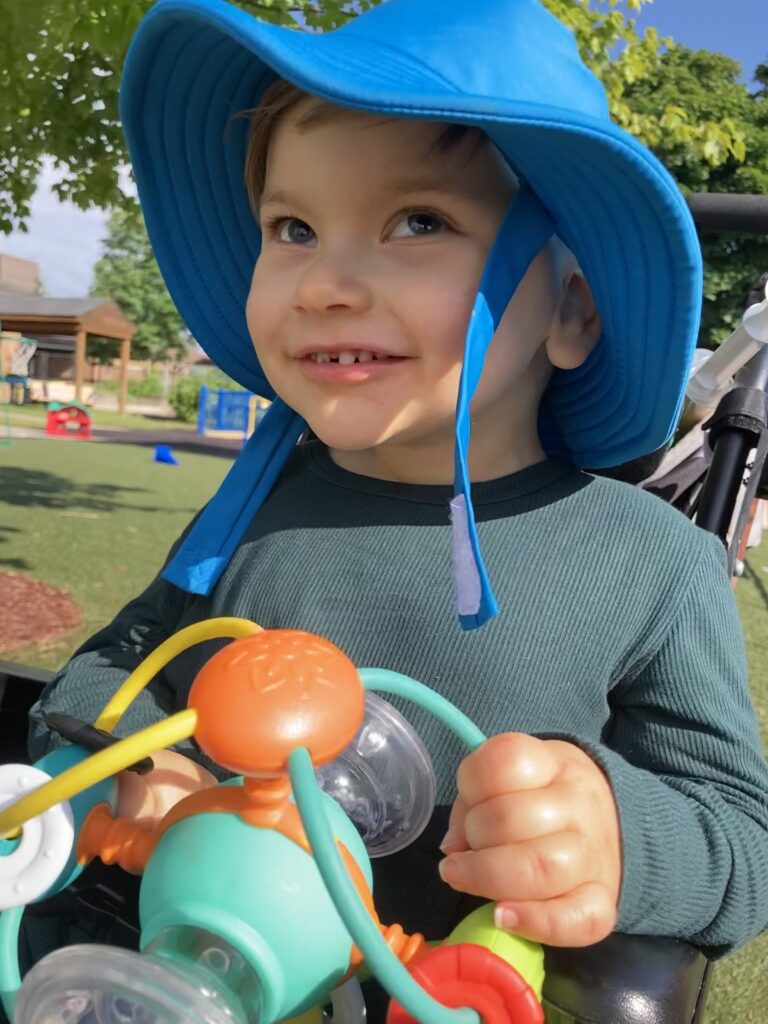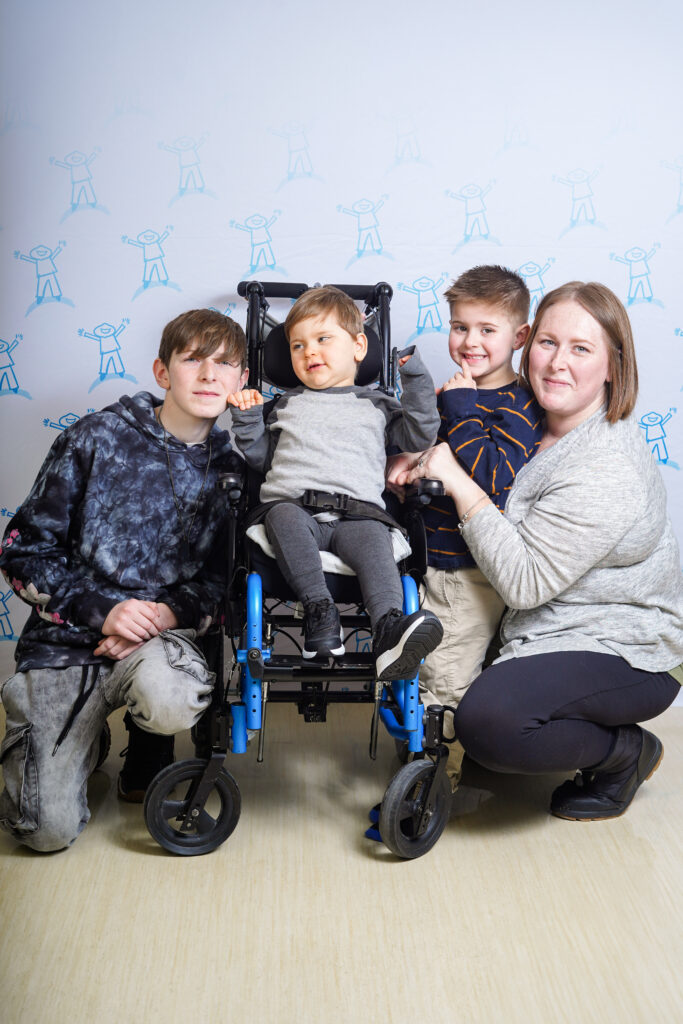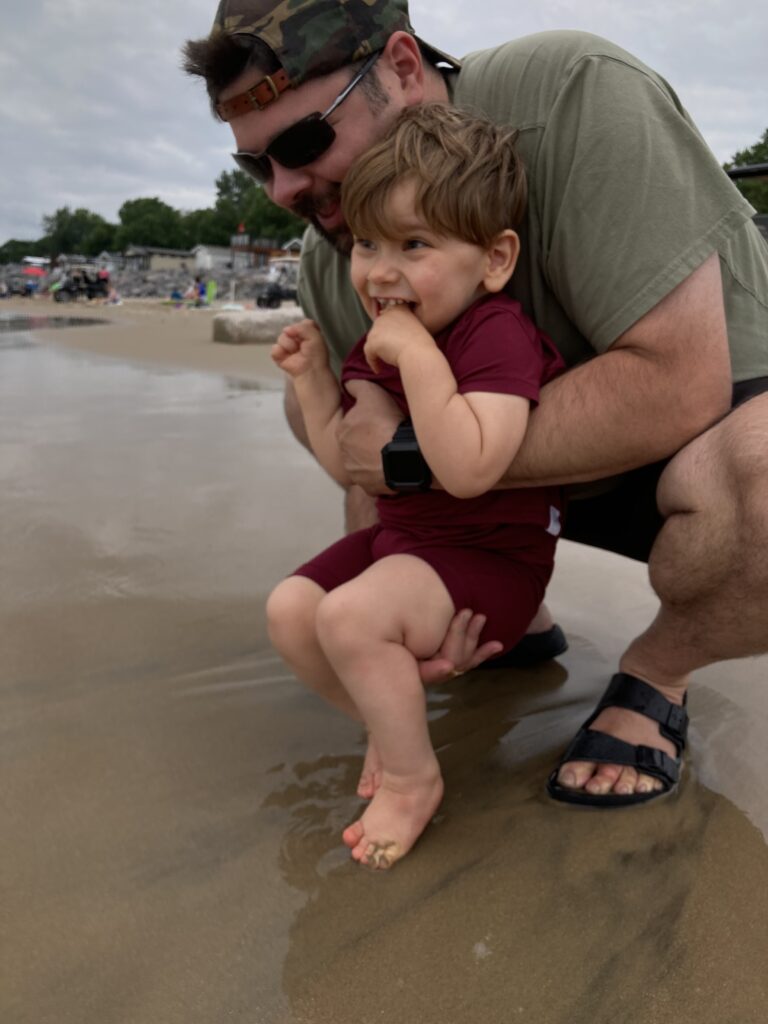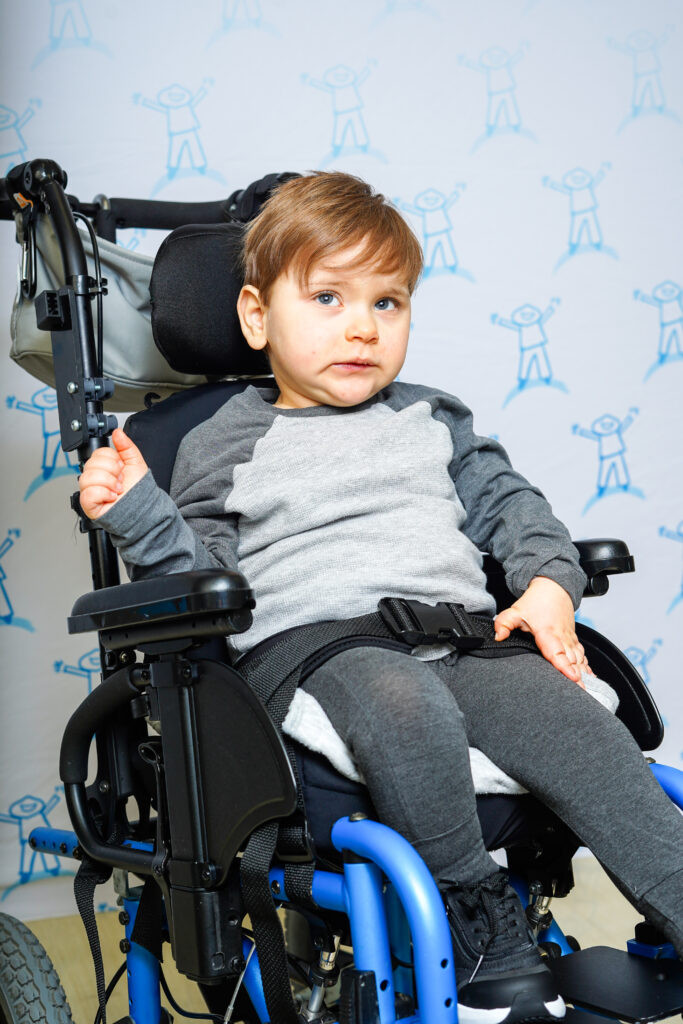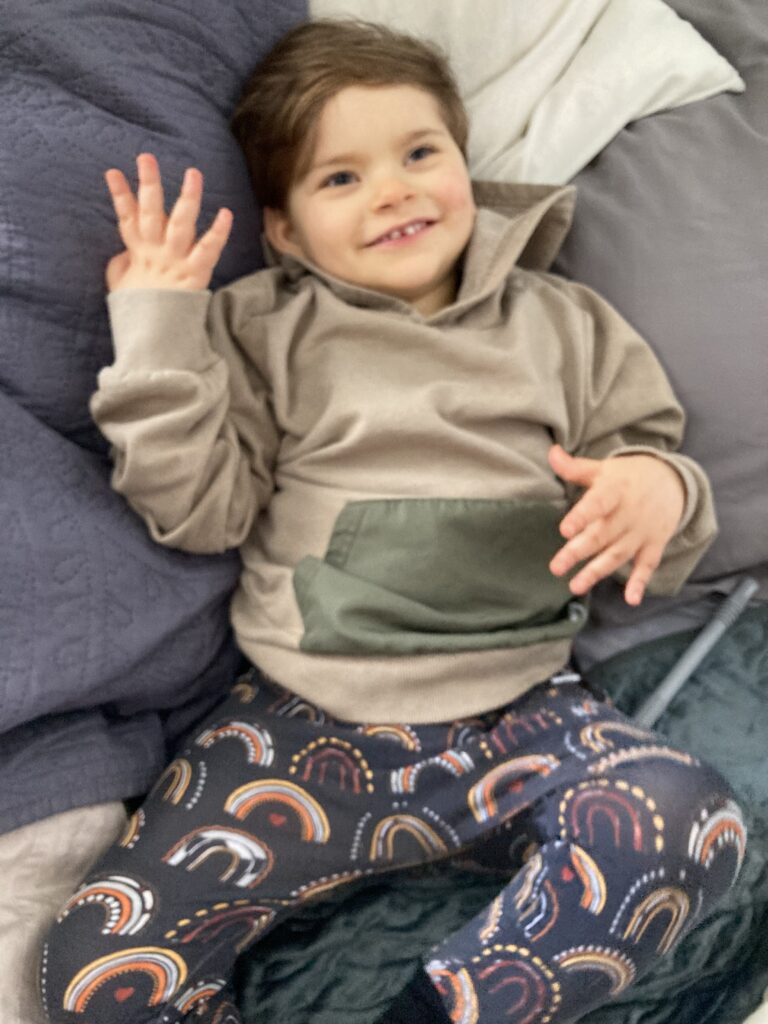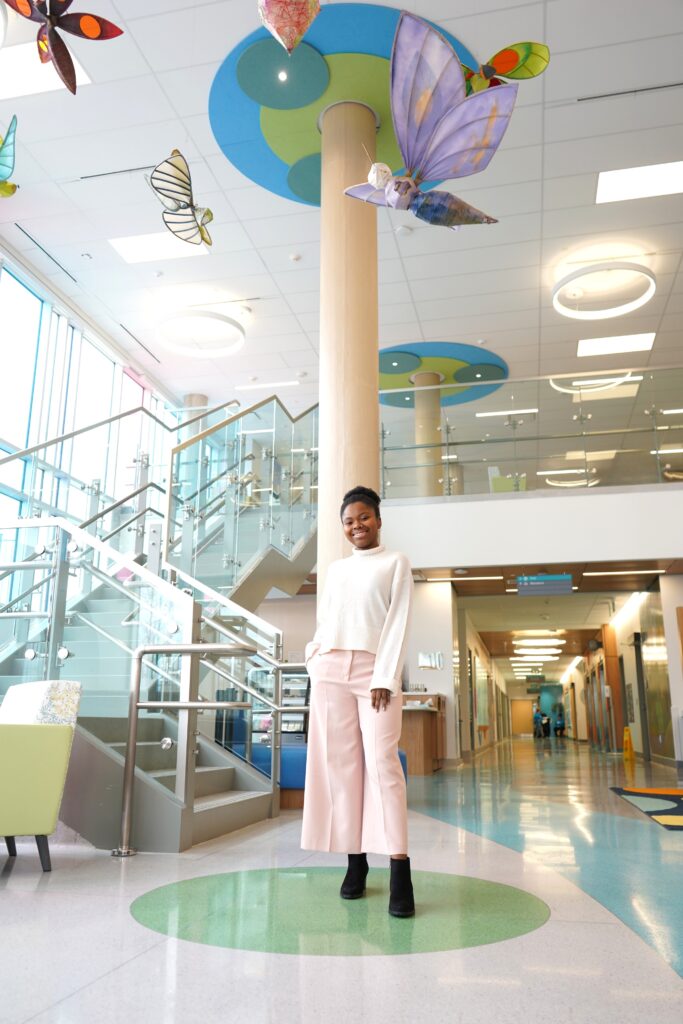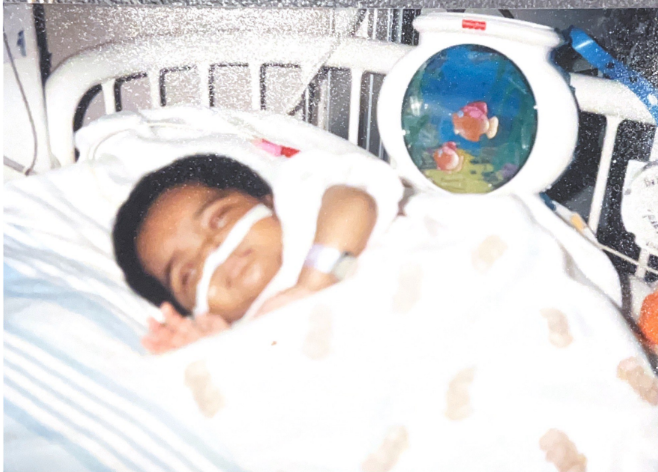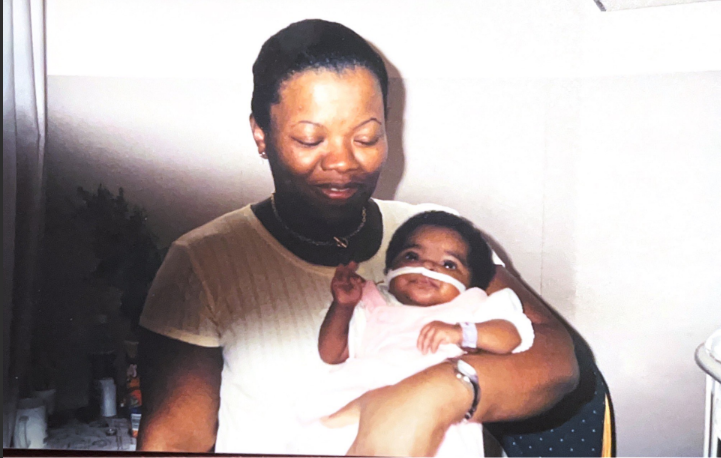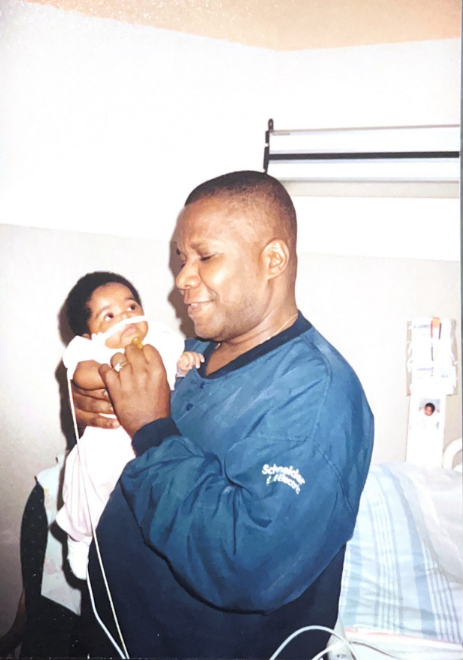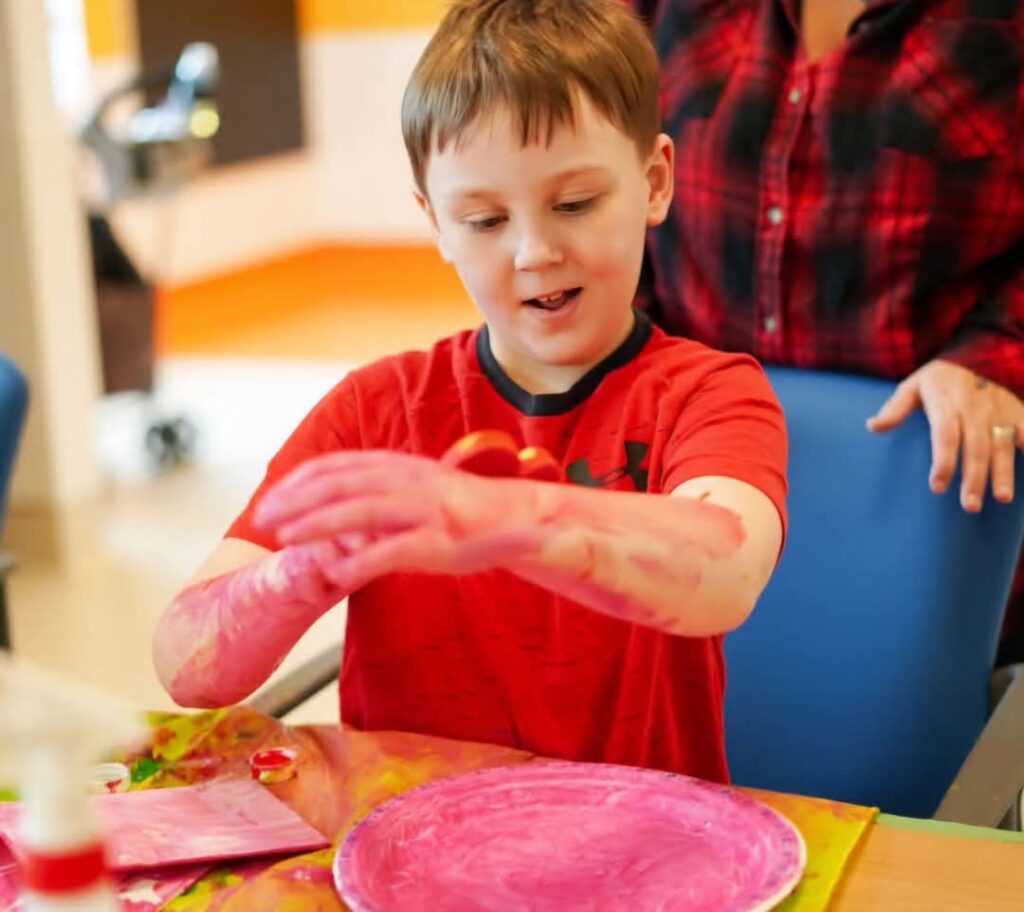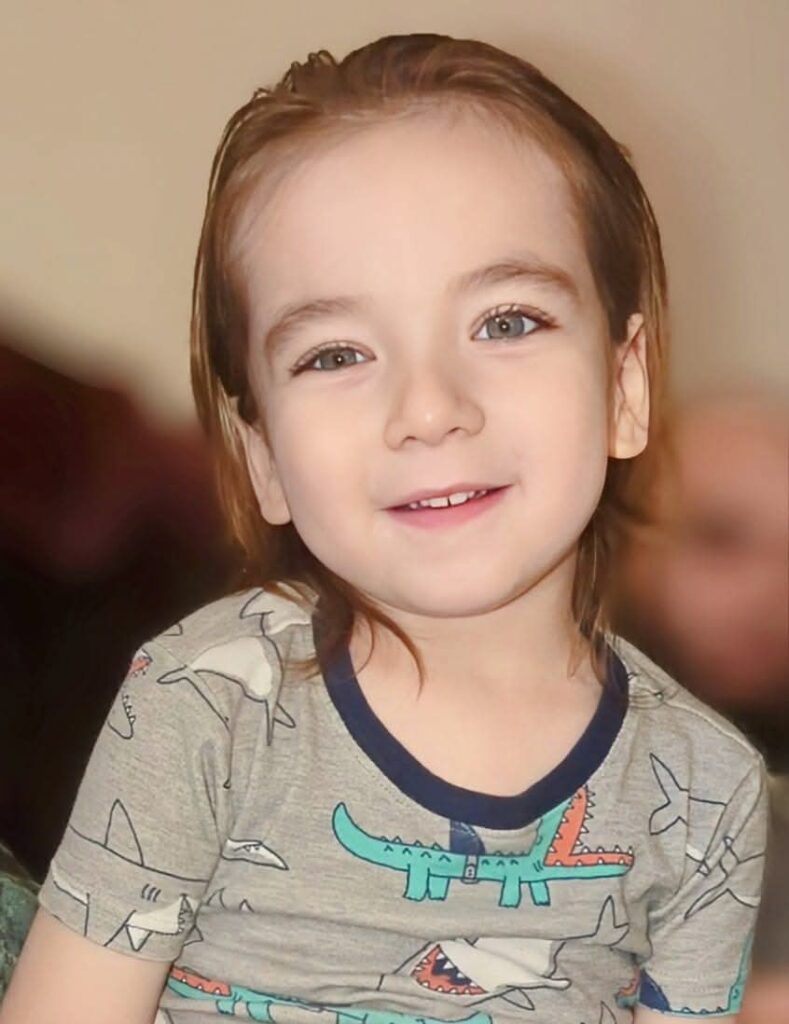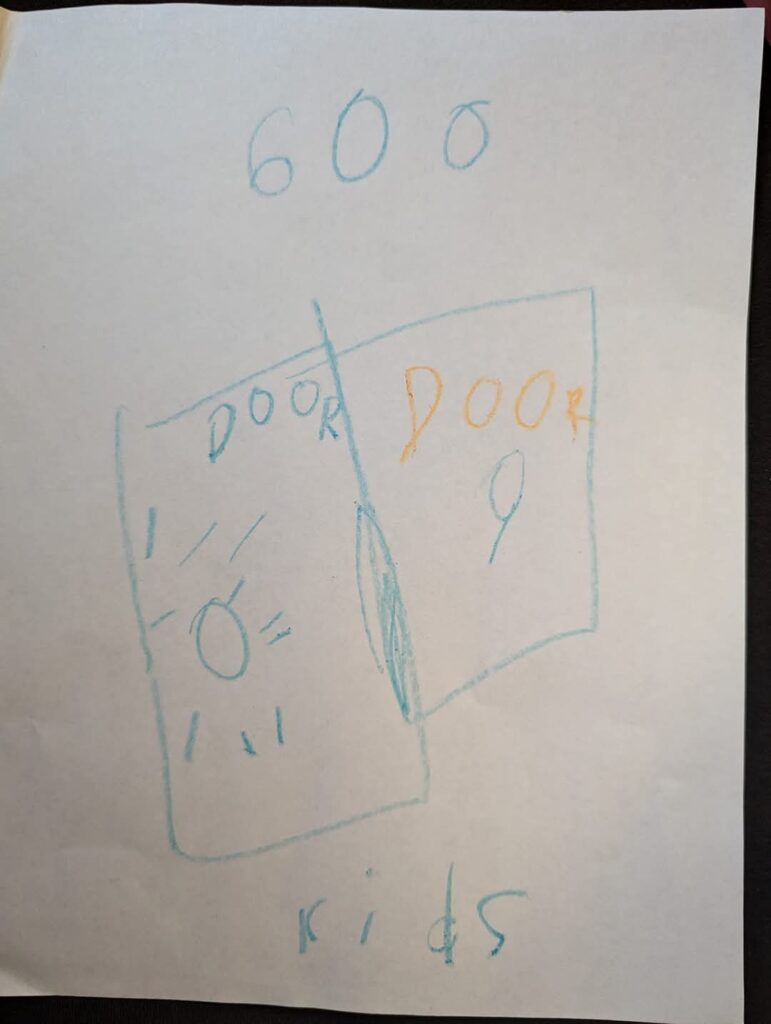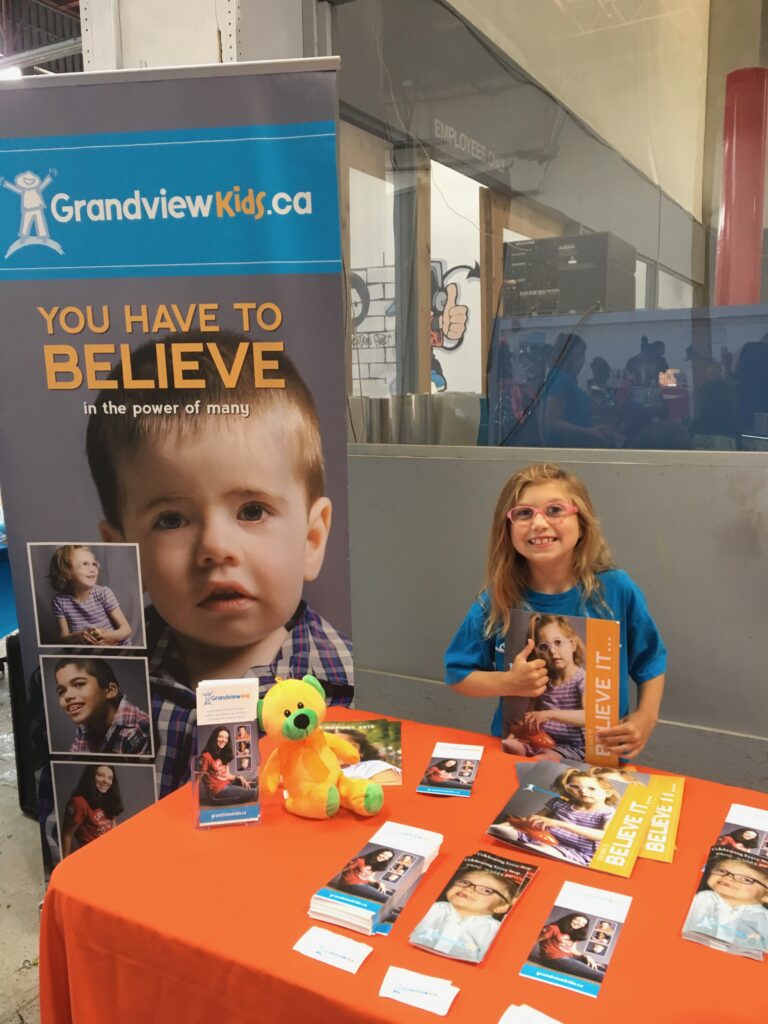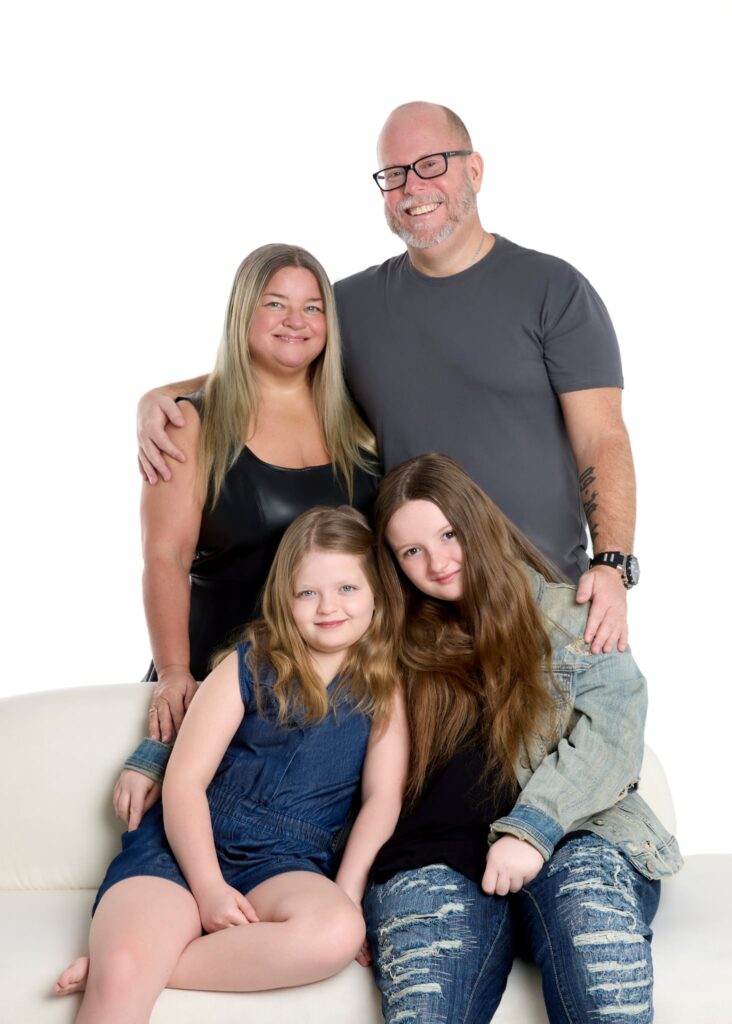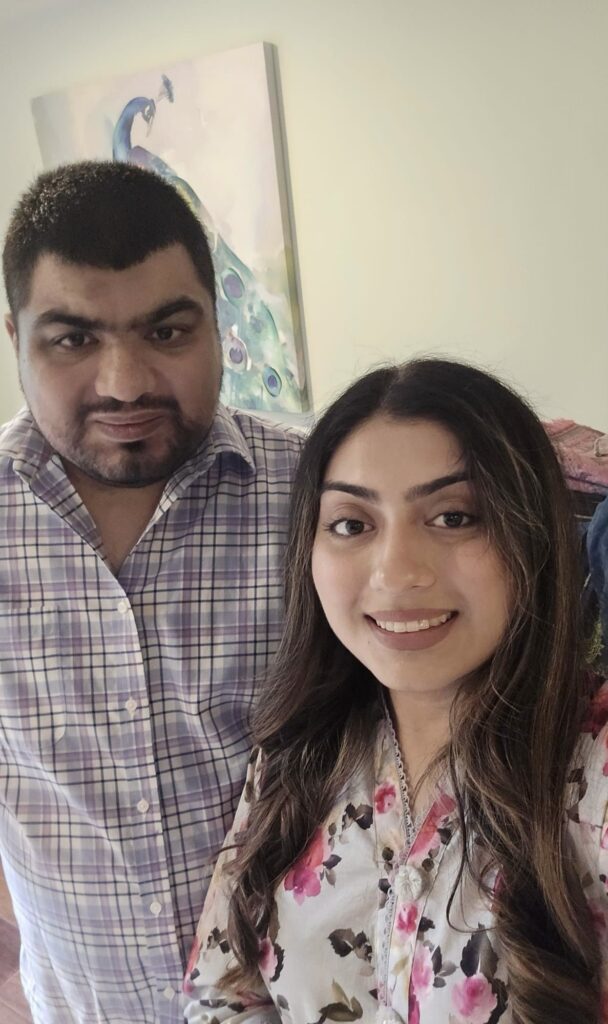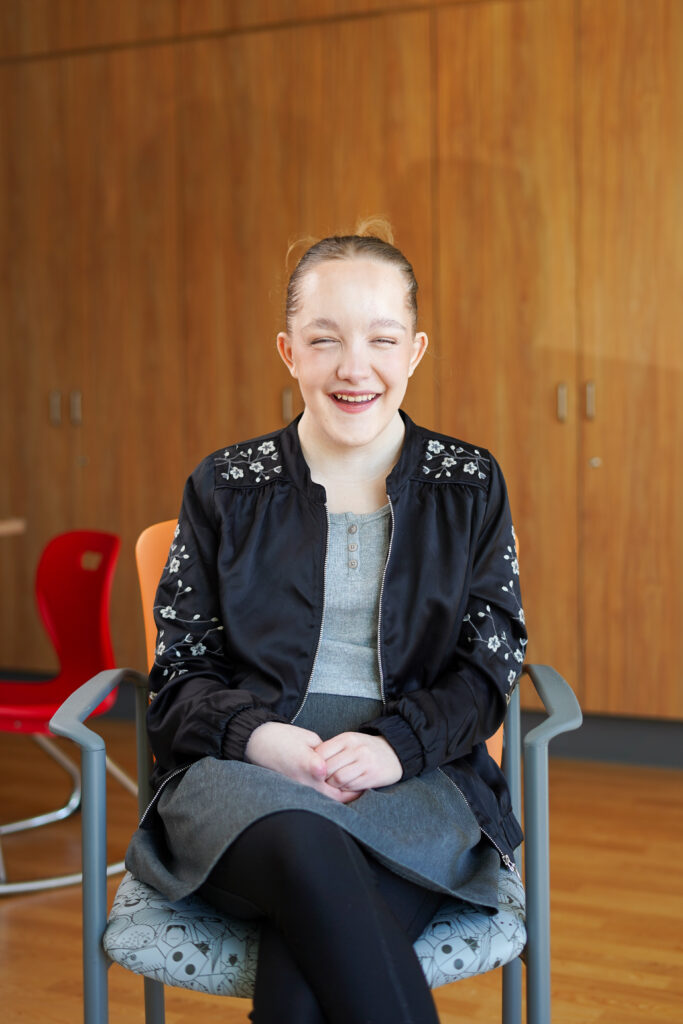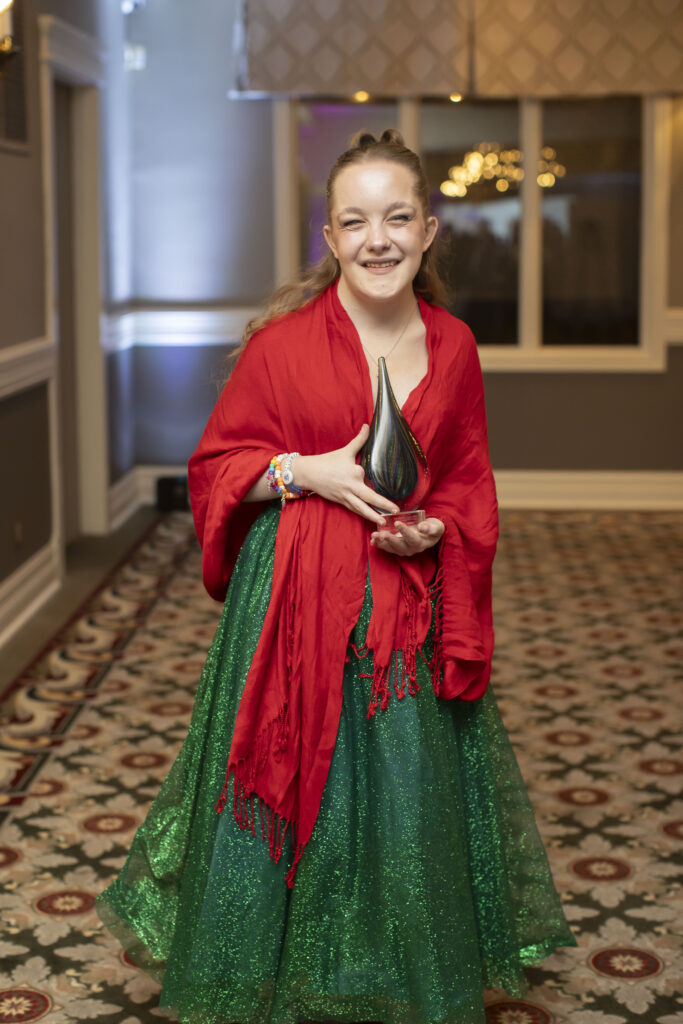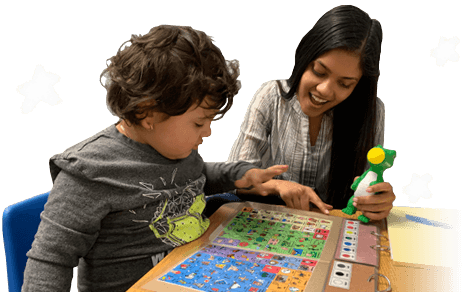In May, we acknowledge Speech and Hearing Month, Paediatric Stroke Awareness Month, Mental Health Awareness Month, National Day of Awareness for Missing and Murdered Indigenous Women and Girls, Mental Health Awareness Week, Moyamoya Awareness Day, National Child & Youth Mental Health Day, World Lupus Day, Global Accessibility Awareness Day, Neurofibromatosis Awareness Day, Intl. Day Against Homophobia, Transphobia & Biphobia, World Cultural Diversity Day and Red Shirt Day. Read more about each date of significance below, written by members of Grandview Kids’ Inclusivity, Diversity, Equity and Accessibility (IDEA) Committee.
Speech and Hearing Month
Each May, we celebrate the important work of speech-language pathologists, audiologists and communication health assistants (CDAs) in the detection and intervention of communication disorders. The theme for 2025 is S-LPs & Audiologists: Doing More Than You Think! Speech-language pathology, audiology and communicative disorders assistant services play a vital role in supporting children with communication and hearing challenges. Early detection of communication disorders and hearing barriers helps improve a child’s ability to express needs, share joy and enhance overall health and well-being.
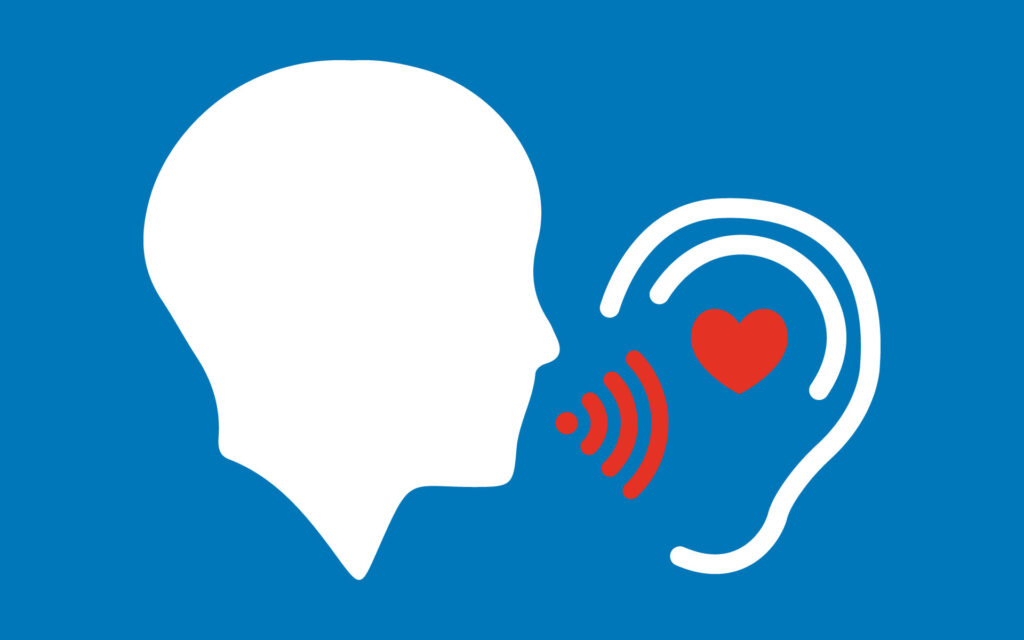
Paediatric Stroke Awareness Month
Each May, we celebrate Paediatric Stroke Awareness Month to raise awareness about the critical yet often overlooked issue of strokes in children. While paediatric strokes may seem rare, they affect thousands of young individuals each year and represent a growing health concern. This month-long observance aims to highlight the impact of strokes in children, stressing the importance of early recognition, diagnosis and intervention. The campaign is essential in helping both parents and healthcare professionals identify the symptoms of paediatric stroke, which can easily go unnoticed, leading to delayed treatment and potentially long-term consequences for affected children and their families.
Mental Health Awareness Month
May is Mental Health Awareness Month across Canada, a time to foster understanding and raise awareness about the importance of mental well-being. Recognizing this month helps reduce stigma and encourages those struggling to ask for help.
Mental health challenges vary widely. Some people experience periods of illness between times when they feel their best, while others face unchanging mental health states. Mental Health Awareness Month provides an opportunity for open, positive dialogue about how mental illnesses impact people and how we can increase access to necessary support.
Different people will have different strategies for maintaining positive mental health, but some popular suggestions include:
- Connect with family or friends
- Practice mindfulness
- Spend time with a pet
- Volunteer
- Join a support group for challenging times
- Eat well
- Exercise
- Practice self-gratitude
- Get outside!
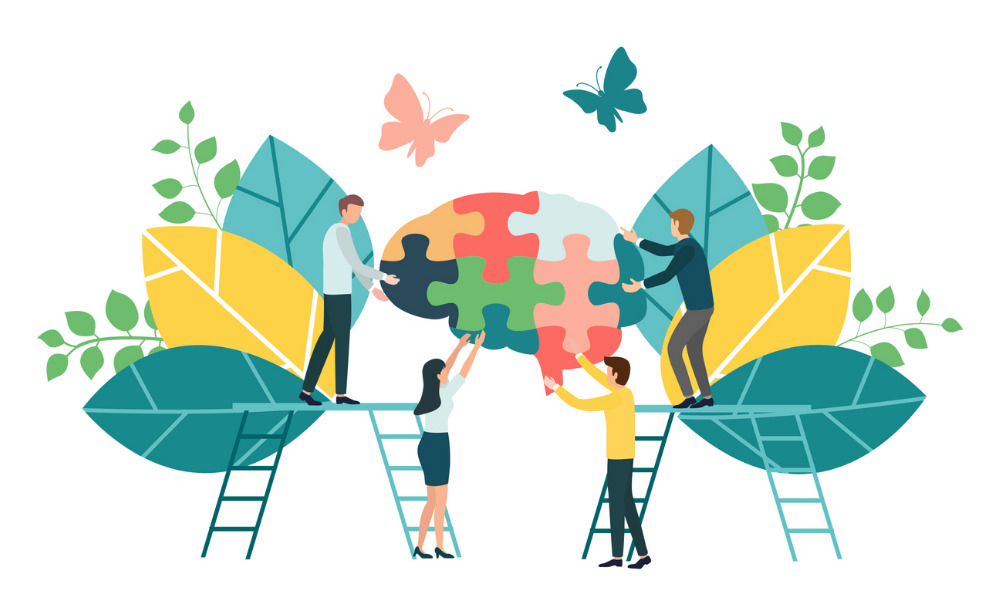
National Day of Awareness for Missing and Murdered Indigenous Women and Girls: May 5
May 5 marks the National Day of Awareness for Missing and Murdered Indigenous Women, Girls and 2SLGBTQI+ people (MMIWG2S), also known as Red Dress Day. Coined by Métis artist Jaime Black, the red dress is an aesthetic response to this ongoing national crisis, which is rooted in the impacts of colonization. In Canada, more than 60 per cent of Indigenous women have experienced physical or sexual assault, with the effects of this violence felt across health, wellness and access to care. In line with the Truth and Reconciliation Commission’s calls to action and the National Inquiry’s calls to justice, efforts continue to build research and improve outcomes for First Nations, Inuit and Métis Peoples.
On Red Dress Day, and every day, we honour the lives lost, support the families who carry this grief and raise awareness by wearing red, learning about MMIWG2S and participating in community events.

Mental Health Awareness Week: May 5-11
For one week each year, the Canadian Mental Health Association (CMHA) drives awareness through its Mental Health campaign. This year’s theme is Unmasking Mental Health. Living with a mental health or substance use challenge is hard enough; masking can make it even harder. People often hide behind a “mask” to protect themselves from judgment and discrimination. But the heavier the stigma, the heavier the mask becomes, and the more isolated we feel.
Between May 5 and 11, CMHA is encouraging people across Canada to look beyond the surface and see the whole person. By embracing honesty and vulnerability, we open the door to deeper connections and the mental health benefits that come with them. In doing so, we can create a ripple effect of courage and understanding across the country. To better understand what CMHA is promoting during this annual campaign, you can read their fact sheet on “What is Masking?“
CMHA shares the impacts of masking:
- It’s exhausting. Suppressing emotions takes a toll, adding stress and increasing the risk of burnout.
- It creates disconnection. Frequent masking can lead to isolation, strained relationships and a loss of self-identity.
- It prevents help-seeking behaviours. Fear of judgment can stop employees from accessing the support they need.
Are you experiencing a mental health crisis? If you or someone you know is in immediate crisis or has suicide-related concerns, call or text 9-8-8 toll-free, anytime, for support in English or French.
Call or text 9-8-8 toll-free, anytime for support in English or French.
Kids Help Phone can also support you:
- Call 1-800-668-6868 (24/7)
- Text CONNECT to 686868.
- Live Chat (7 p.m. to midnight ET)
- kidshelpphone.ca
Moyamoya Awareness Day: May 6
Moyamoya is a rare condition that affects the arteries in the brain. The walls of these arteries thicken, narrow and may become blocked, increasing the risk of stroke. In response, the brain may form small new blood vessels to compensate, which appear like a “puff of smoke” on brain scans — the meaning of the word moyamoya in Japanese. Treatment options are limited though surgery may sometimes help restore blood flow. When the condition occurs without an underlying cause, it is called moyamoya disease. If it develops as a result of another condition such as sickle cell disease, thyroid disease or Down syndrome, it is referred to as moyamoya syndrome. The condition is seen more frequently in people of Japanese, Korean or Chinese descent. Symptoms can include recurrent transient ischemic attacks (mini-strokes), seizures, full strokes, weakness or paralysis on one side of the body and progressive difficulty with thinking and memory.
National Child & Youth Mental Health Day: May 7
Child and Youth Mental Health Day, marked annually on May 7 in Canada, offers an opportunity to raise awareness of the struggles that children and youth face. It encourages individuals, communities and policymakers to prioritize mental health initiatives. This year, Children’s Mental Health Ontario is highlighting the theme Voices Unheard, Stories Told: Centering the Diversity of Ontario’s Infants, Children & Youth. The campaign recognizes that many children, youth and families—particularly those who are Black, Indigenous, racialized, 2SLGBTQIA+, newcomer, Francophone, Northern and low-income—face significant barriers in accessing mental health care. Children’s Mental Health Week 2025 is a chance to amplify these voices, raise awareness about the need for culturally safe, community-based services and call for action to address systemic inequities.
World Lupus Day: May 10
Lupus is a chronic autoimmune disease that causes inflammation and pain in any part of the body. It occurs when the immune system attacks healthy tissue and most commonly affects the skin, joints and internal organs such as the kidneys or heart. Lupus mainly affects women, with nine out of 10 cases found in women, and often begins between the ages of 15 and 44. There is no known cause. Symptoms vary but may include extreme fatigue, joint pain or a butterfly-shaped rash on the face. The theme for World Lupus Day 2025 is Gateway to the Future, focusing on breakthroughs in care and the researchers behind them. The message is: “We will not quit until we secure a better quality of life for all people with lupus, their families and future generations so that everyone can live well in a world without lupus.”

Global Accessibility Awareness Day: May 15
Digital information and services are often not easy for people with disabilities to see, hear, navigate or process. This creates barriers to services, knowledge and engagement with the world. On May 15, we recognize Global Accessibility Awareness Day (GAAD) by highlighting the importance of making digital media accessible and inclusive for people with disabilities and impairments.
As the world increasingly shifts to digital media, services and storage, it is essential that everyone can access and navigate information. Adaptability and accessibility through technology can include:
- Alternative keyboards and mice
- Captions on video and audio content
- High-contrast text on websites
- The ability to adjust text size
- Alternative text (alt text) for images and photos
- Reducing visual clutter on apps and web pages
Visit https://accessibility.day/ to learn more about accessibility and adaptability in a digital world.
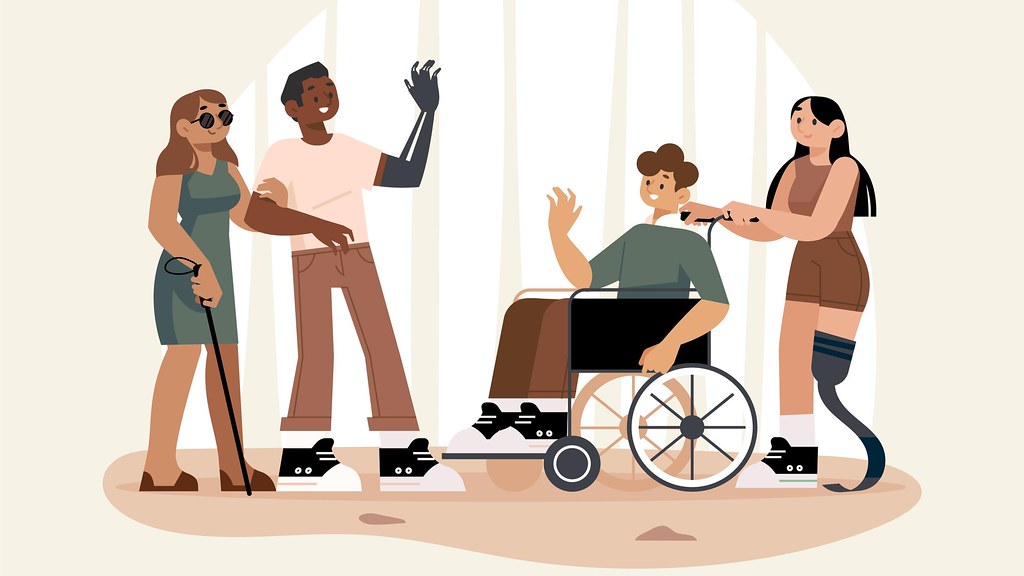
Neurofibromatosis Awareness Day: May 17
Neurofibromatosis (NF) is a group of genetic disorders that cause tumors to form on nerve tissue throughout the body. The most common type, Neurofibromatosis Type 1 (NF1), affects about 1 in 3,000 people globally and can appear in childhood with symptoms like café-au-lait spots and benign skin tumors known as neurofibromas. NF1 can also lead to complications such as learning disabilities, skeletal abnormalities and sometimes affect the optic nerve, causing blindness. Neurofibromatosis Type 2 (NF2) is rarer and causes tumors in the brain and spinal cord, often leading to hearing loss and balance disorders.
The rarest type, schwannomatosis, causes intense pain due to multiple schwannomas, except on the vestibular nerve. There is currently no cure for NF, but treatments focus on managing symptoms and include surgical options, radiation and medication. Mild cases of NF1, NF2 and schwannomatosis typically do not cause severe problems, and affected individuals may require no treatment beyond observation, regular checkups and symptom management. Raising awareness about neurofibromatosis is vital as it aids early diagnosis and improves support for affected individuals and their families.
Intl. Day Against Homophobia, Transphobia & Biphobia: May 17
The International Day Against Homophobia, Biphobia and Transphobia (IDAHOBIT) is observed annually on May 17 to raise awareness of LGBT rights violations and stimulate global interest in LGBT rights work. Since its inception, the day has been commemorated in over 130 countries, promoting understanding and acceptance. Founded to mark the World Health Organization’s 1990 decision to declassify homosexuality as a mental disorder, IDAHOBIT has since expanded to include transphobia and biphobia, highlighting the diverse challenges faced by the LGBT community.
IDAHOBIT seeks to raise awareness of violence, discrimination and repression against LGBT communities worldwide, providing an opportunity for action and dialogue with media, policymakers and civil society. Events range from street marches and festivals to arts and culture activities, reflecting the varied contexts in which rights violations occur. May 17 is a time to celebrate pride, happiness and love, advance the rights of people with diverse sexual orientations, gender identities and expressions, and continue the fight for equality and acceptance.
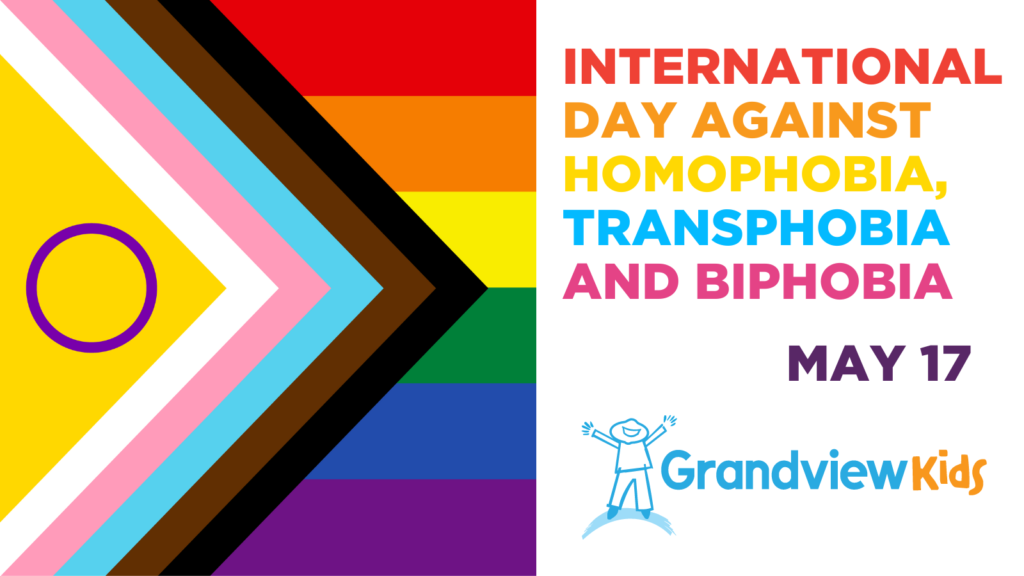
World Cultural Diversity Day: May 21
Every year on May 21, World Cultural Diversity Day encourages people to bridge the gap between cultures. Initiated by UNESCO, the day highlights the value of cultural differences in fostering social cohesion, peace and sustainable development. It encourages individuals and communities to embrace diversity, celebrate cultural heritage and engage in dialogue to build a more inclusive and harmonious world. By recognizing the role culture plays in shaping societies, World Cultural Diversity Day aims to inspire efforts toward a more interconnected and respectful global community.

Red Shirt Day: May 28
Red Shirt Day® (of Action for AccessAbility and Inclusion) is a powerful annual event that unites people across Canada in a visible show of support for individuals with disabilities and their families. Held on the Wednesday of National AccessAbility Week, the initiative was launched by Easter Seals in 2019. It encourages Canadians to wear red as a symbol of solidarity, celebrate the achievements of disabled Canadians and commit to building a more inclusive and accessible society.
